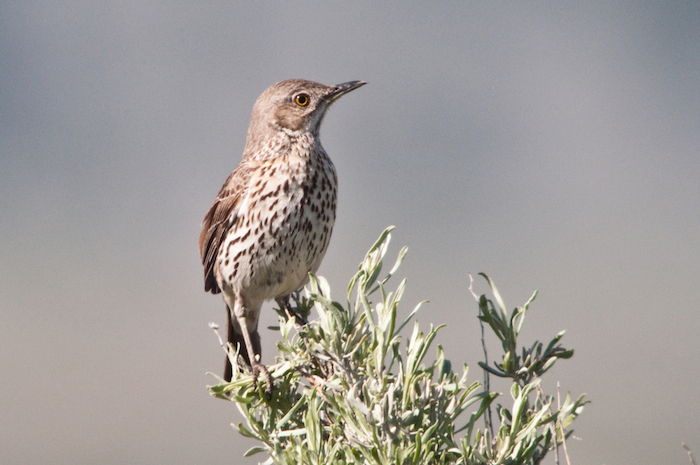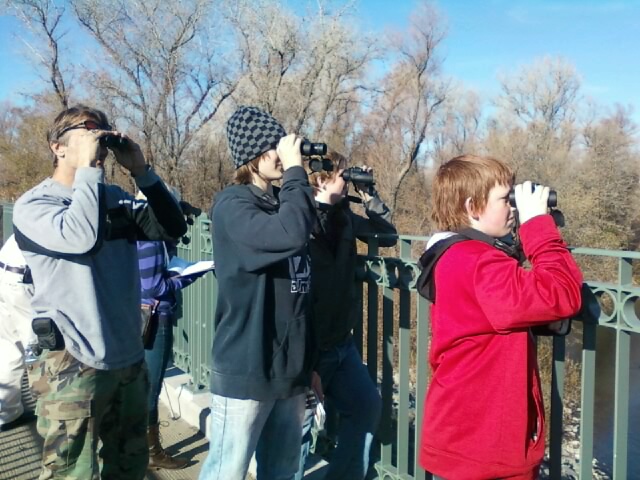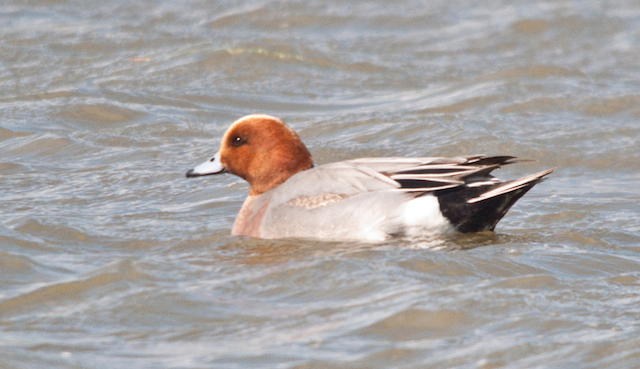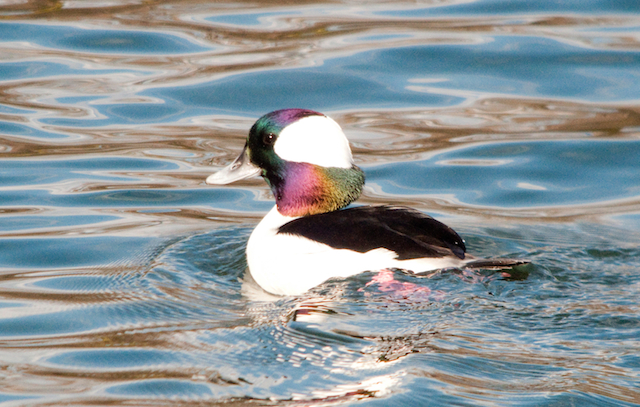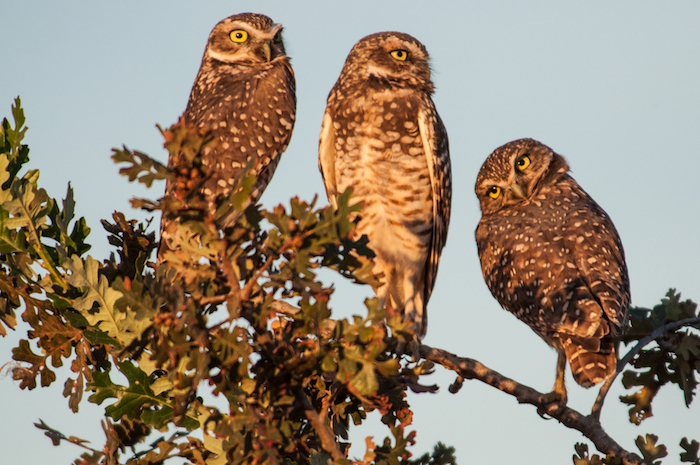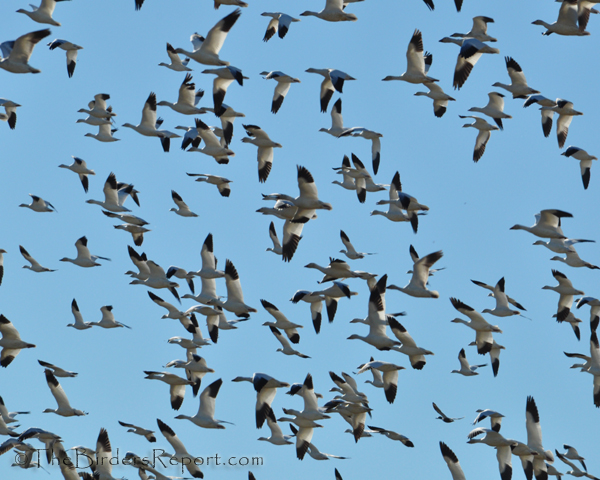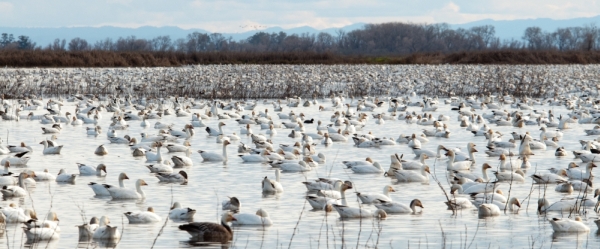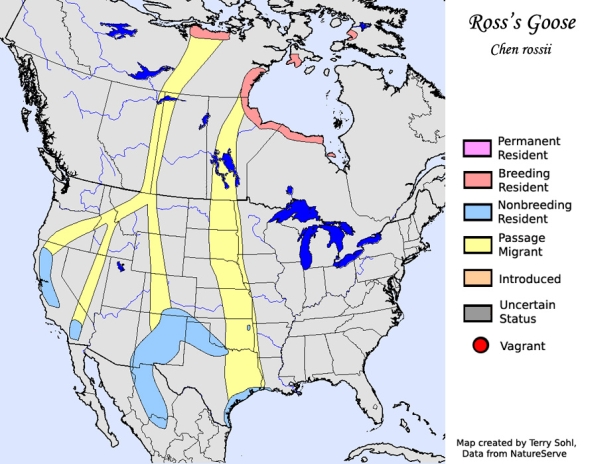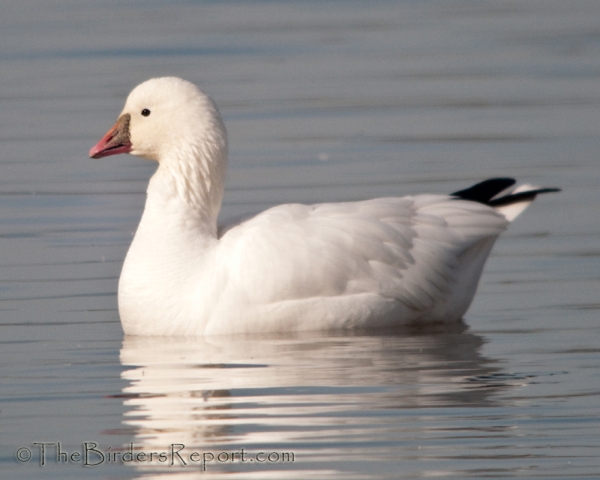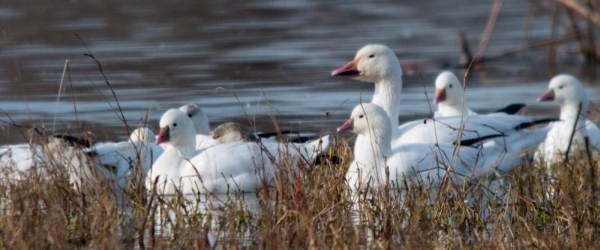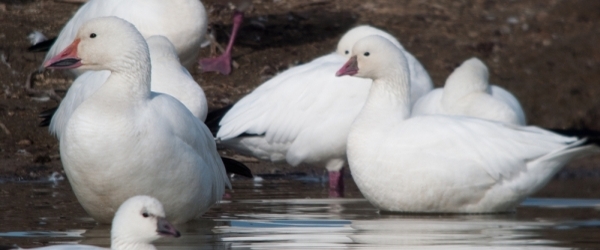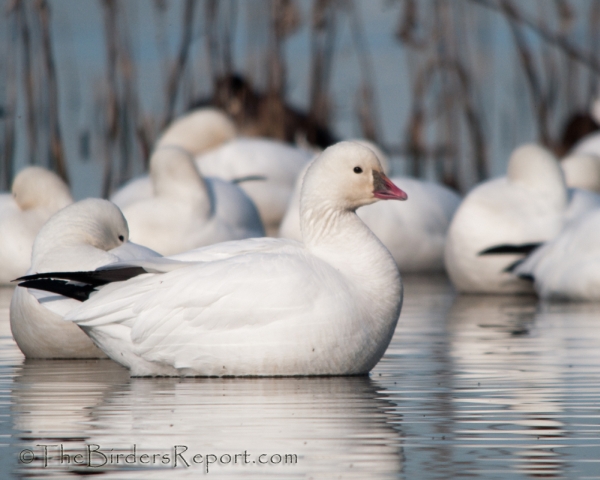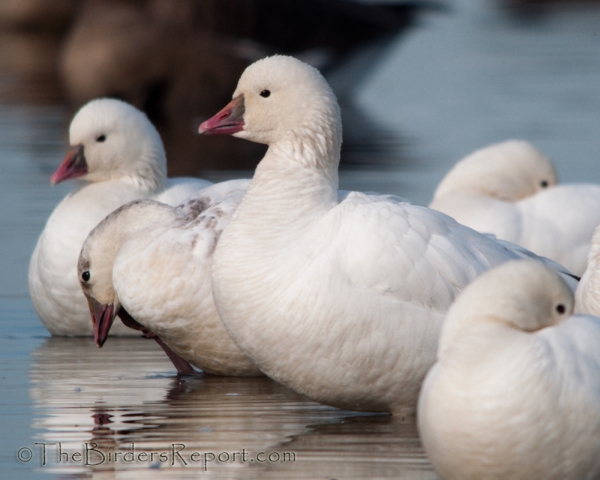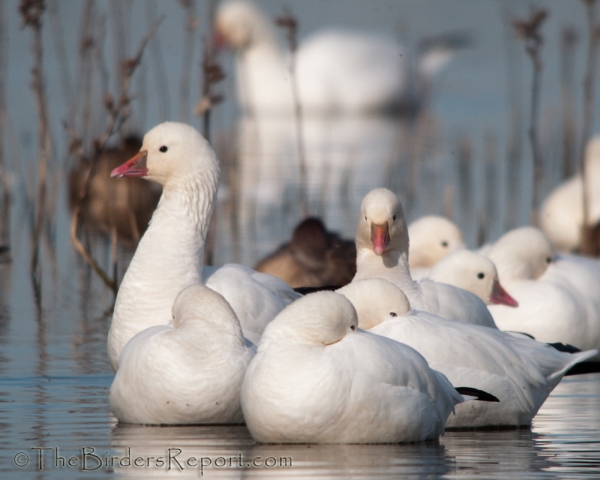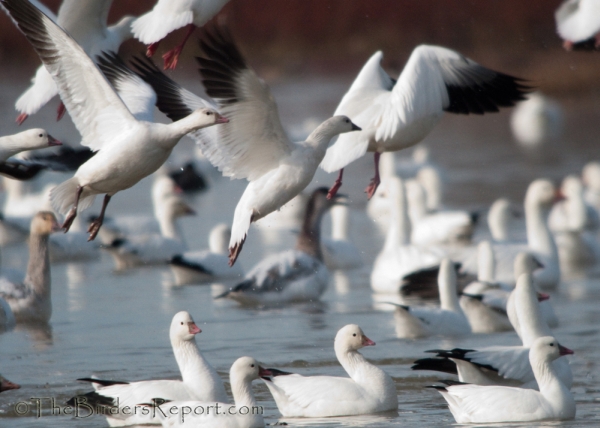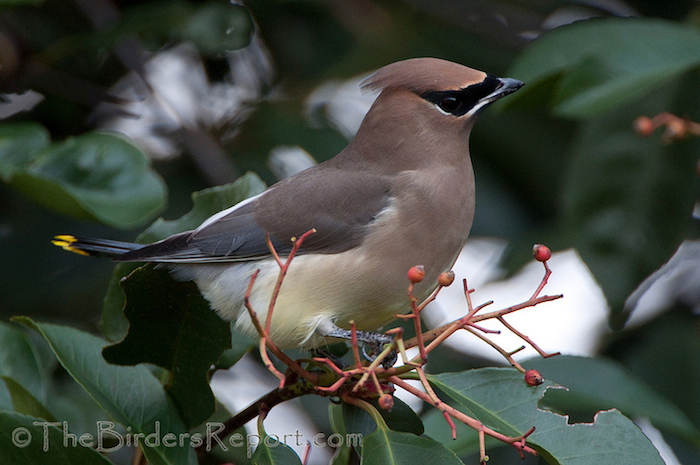Report by Bob Yutzy, Count Compiler. Click on photo for full sized image.
The final tally for the Fall River Mills CBC is 123 species! Average count is 115 for the 30 years of counting with high of 130 species and lows of 95 on two occasions. Total number of birds counted was 21,695.
Super Rare birds were:
17 Dunlin seen in 3 different areas (5th time on the count)
1 California Gull (6th time on the count)
1 Saw-whet Owl (4th time on the count)
1 Sage Thrasher (2nd time on the count)
2 White-throated Sparrow (6th time on the count)
6 Great-tailed Grackle (3rd time on the count)
New high counts of the following species:
Green-winged Teal 412 birds with previous high of 237
Hooded Merganser 174 birds with previous high of 110
Golden Eagle 8 birds with previous high of 7
Eurasian Collared Dove 258 birds with previous high of 166 (not unexpected)
Count Period birds not seen on the day of the count were:
Long-tailed Duck
Peregrine Falcon
Loggerhead Shrike
Good birds:
Tundra Swans – 5
Redhead
Greater Scaup
Barrow’s Goldeneye
Mountain Quail
Ring-necked Pheasant (absent in recent years)
Turkey
Turkey Vulture (really – generally not here in winter!)
2 Harlan’s Red-tailed Hawk seen in two different areas
Rough-legged Hawk dark phase (lots of Roughies this year)
2+ Merlin
Long-billed Dowitcher
Short-eared Owl
White-headed Woodpecker
2 Northern Shrikes (1 adult & 1 imm.)
Canyon Wren
Pacific (Winter) Wren
Varied Thrush
Tri-colored Blackbird
6 Yellow-headed Blackbirds
4 Cassin’s Finches
2 Red Crossbill
Evening Grosbeak
Very high number of 27 total counters
Thanks to the land owners and land managers for allowing us access to their properties!
Many thanks to all for the great effort!!!!!!!

